The Cloak network has a long history, being launched as early as 2014
The project is still being maintained and even has partnered with a blockchain development company

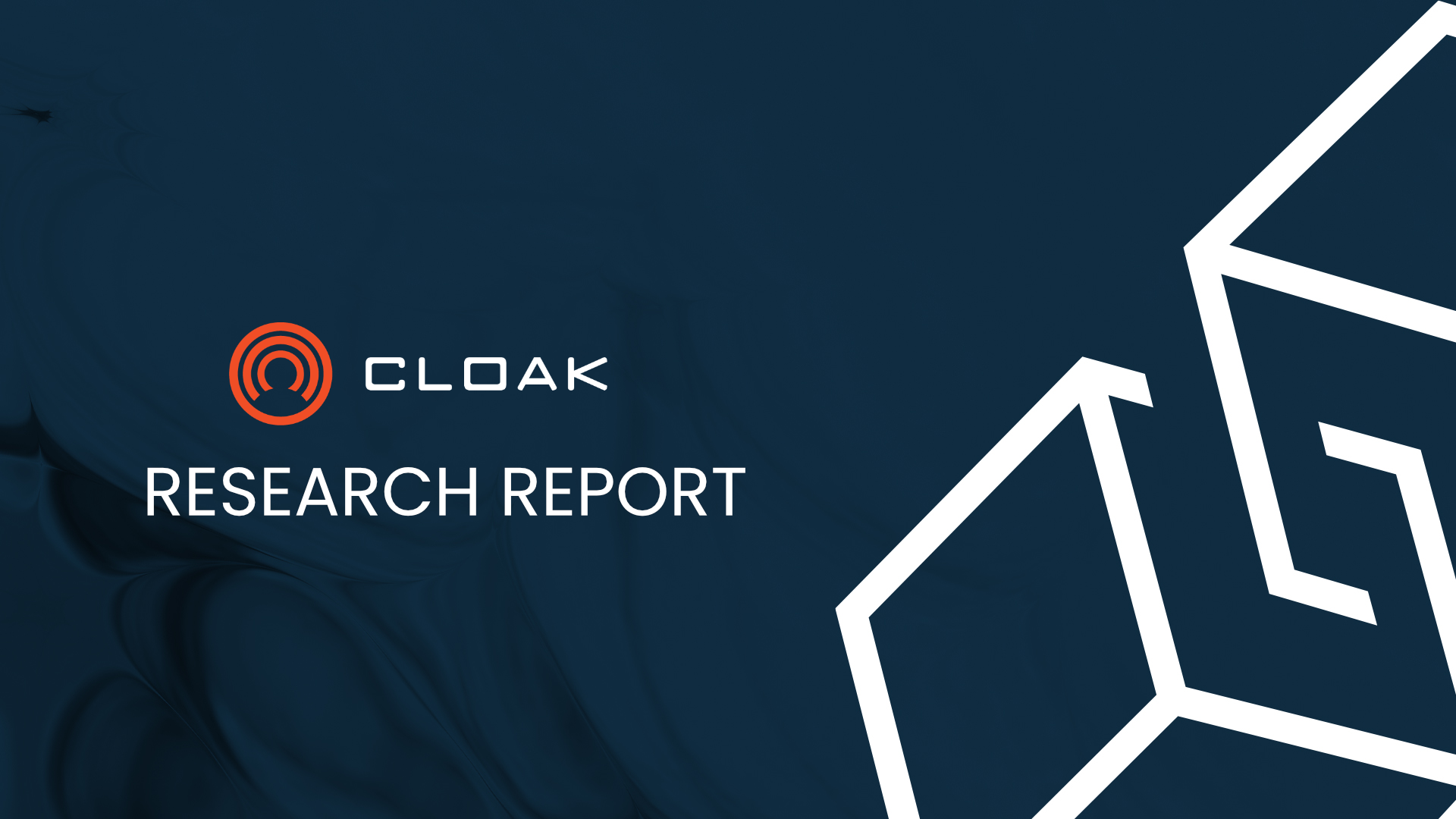

Lower ranks are better

The Cloak network has a long history, being launched as early as 2014
The project is still being maintained and even has partnered with a blockchain development company
After so many years with the network live, the traction of CLOAK is relatively low compared to other more popular coins launched during the same period
The development progress has slowed down since it is an open-source project with a relatively small community
Privacy is due to become a highly important aspect of everyday life and privacy cryptocurrencies may be an accepted medium of exchange for those that want to stay anonymous
There are a lot of cryptocurrency projects that are focused on providing privacy features to their clients therefore it is even more important to stand out from the competition.
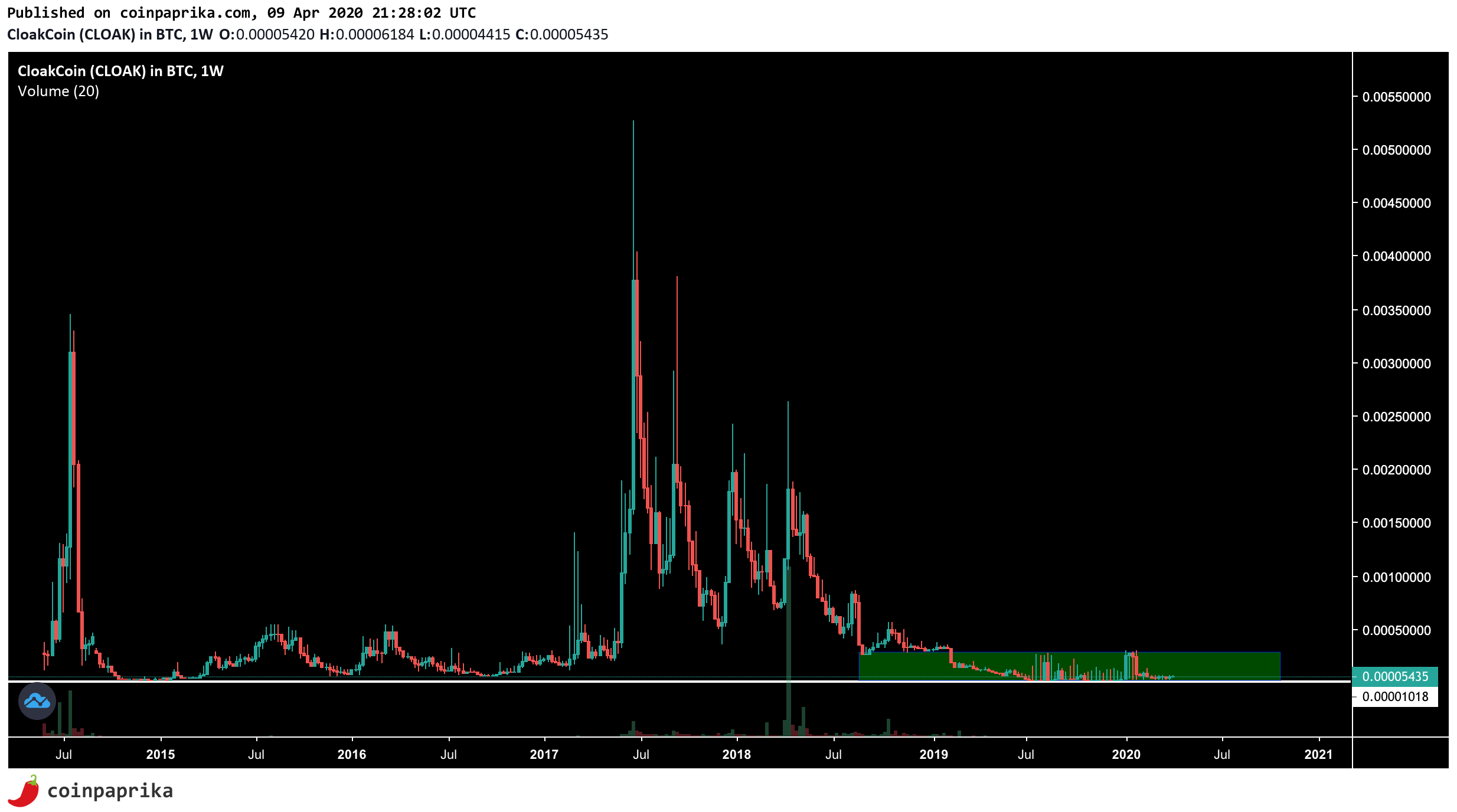
Technical Analysis by Kong Trading - 04/10/2020
CLOAK is currently in a very tight and long-lived range where it has been for almost a year already. Inside of this range, either a lot of accumulation or a lot of bot trading is going on due to the very many wicks which are occurring on this pair. Yet, this should not be deterring one from trading this pair since high volatility ensures the possibility to buy low and sell higher again.
To read the full Technical Analysis from Kong Trading click here.
CloakCoin is a cryptocurrency project with the aim to provide a secure, decentralized and untraceable network for anonymous transactions. CloakCoin was launched in 2014, and is based off Bitcoin’s codebase applying the Proof-of-Stake (POS) consensus algorithm to Bitcoin’s UTXO model.
The CloakCoin network has undergone major changes since the initial release, but it stayed decentralized and distributed in nature.
Over the last a couple of years, there has been an addition of encrypted layers of communication and an off-blockchain coin mixing system to ensure messages broadcasted over the network and transactions remain private.
At the core of CloakCoin’s privacy system is Engima, which acts as a decentralized mixing service allowing users to make transactions that are securely private and remain untraceable. Enigma is also deemed to be the foundation to build the underlying system for decentralized applications to run on the CloakCoin network.
Enigma ensures the mixing process is secure and untraceable to any external third parties. To keep transactions private, network participants work together to “hide” the real amounts being sent and received. In exchange for “cloaking,” network participants receive a reward for their assistance.
As network participants provide several inputs and outputs, the Enigma transaction stays private and impossible to trace. All Enigma messages routed through the network remain hashed and encrypted to ensure data security and integrity.
The whole mixing process is done to make it challenging to perform blockchain analysis to identify the true outputs and inputs of an Enigma transaction.
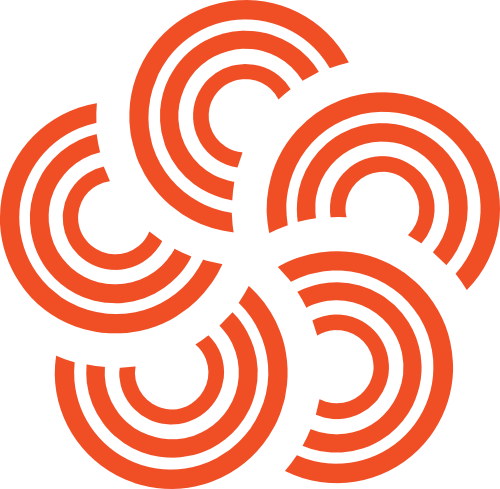
The process starts whenever a user makes a cloaking request announcement. Enigma nodes communicate over the network while a node keeps track of active Enigma nodes. The Enigma announcement broadcasts the public session key and the current cloaking balance to other Enigma nodes.
The user can elect a series of Enigma nodes that have a high enough current balance and request their assistance in cloaking. Any Enigma node can choose to either assist or decline the request. If an Enigma node refuses to participate in cloaking or the response times out, an alternate Enigma node is selected.
The Cloak network has DDoS (distributed-denial-of-service) protection wherein it will blacklist any nodes found to be misbehaving. A node is deemed to be misbehaving if it repeatedly refuses to sign a transaction or refuses to relay Enigma messages during the same session. Enigma cloaking nodes use an Elliptic Curve Diffie Hellman (ECDH) key exchange to derive a shared secret with the Enigma initiating node, which is used to generate a shared secret key for symmetric RSA-256 data encryption between a cloaking node and the sender node.
When an Enigma node accepts a request, it provides a list of transaction inputs and outputs to be used for the Enigma transaction. Input amounts provided by a cloaking node must be greater or equal to the amount sent plus fees. Outputs are carefully selected so that they match the true output of the Enigma transaction as closely as possible.
Cloak started out as a currency that preserves its users’ privacy and generally appeals to the masses, since privacy has become one of the main concerns for today’s society.
Should Cloak be successful in expanding its functionality, it could appeal to users that want to trade completely anonymously and even enable the development of decentralized applications on its network.
CloakShield provides secure communications between nodes on the Cloak network using symmetric RSA encryption backed by an Elliptic Curve Diffie Hellman key exchange (ECDH). This allows nodes to exchange data securely, providing protection from third parties trying to monitor the network as well as malicious actors.
CloakShield was designed to secure data stays as private as possible. CloakShield allows the encrypted sending of data to one or more recipients. When sending to a single recipient, the payload is RSA encrypted using the ECDH shared secret. When sending to multiple recipients, the payload is encrypted using a one-time key, and the key is then encrypted for each recipient using the ECDH/RSA method.
CloakShield also allows for data objects to be serialized and transmitted securely to one or more recipients. A CloakShield data packet-header contains the sender’s Enigma public key and the hashes of the public keys of the recipients. CloakShield headers contain a verification hash, which is generated using the sender’s public key and the raw unencrypted data. This hash is verified during decryption of CloakShield data to ensure that the recipient information in the header matches the encryption key, and that data integrity has been maintained.
The Cloak network uses Onion routing for relaying messages. Onion routing is a technique that enables anonymous communication over a network. In an onion network, messages have several layers of encryption, similar to how an onion has layers. The encrypted data is transmitted through a series of network nodes called onion routers, each of which decrypts a single layer, uncovering the data’s next destination. When the final layer is decrypted, the message arrives at its final destination. The sender remains anonymous because each intermediary node knows only the location of the immediately preceding and following nodes.
CLOAK is the network’s native currency. The currency is mainly used as a privacy-enhanced medium of exchange. In order to “cloak” transactions network participants need to hold and stake CLOAK coins.
There is no minimum requirement for staking coins and the yearly expected return on staked coins lies around 6%.
The Cloak network has been launched relatively early compared to a lot of other projects, and while it has gone through a lot of changes, there is still development being undertaken by dev contributors. The Cloak network updated its wallet, is in the process of moving to Bitcoin’s 0.17 codebase and has a pending improvement proposal – named CloakX – to implement a additional functionality which would allow for decentralized private trading.
As a privacy-focused platform, the Cloak network is in direct competition with other privacy coins.


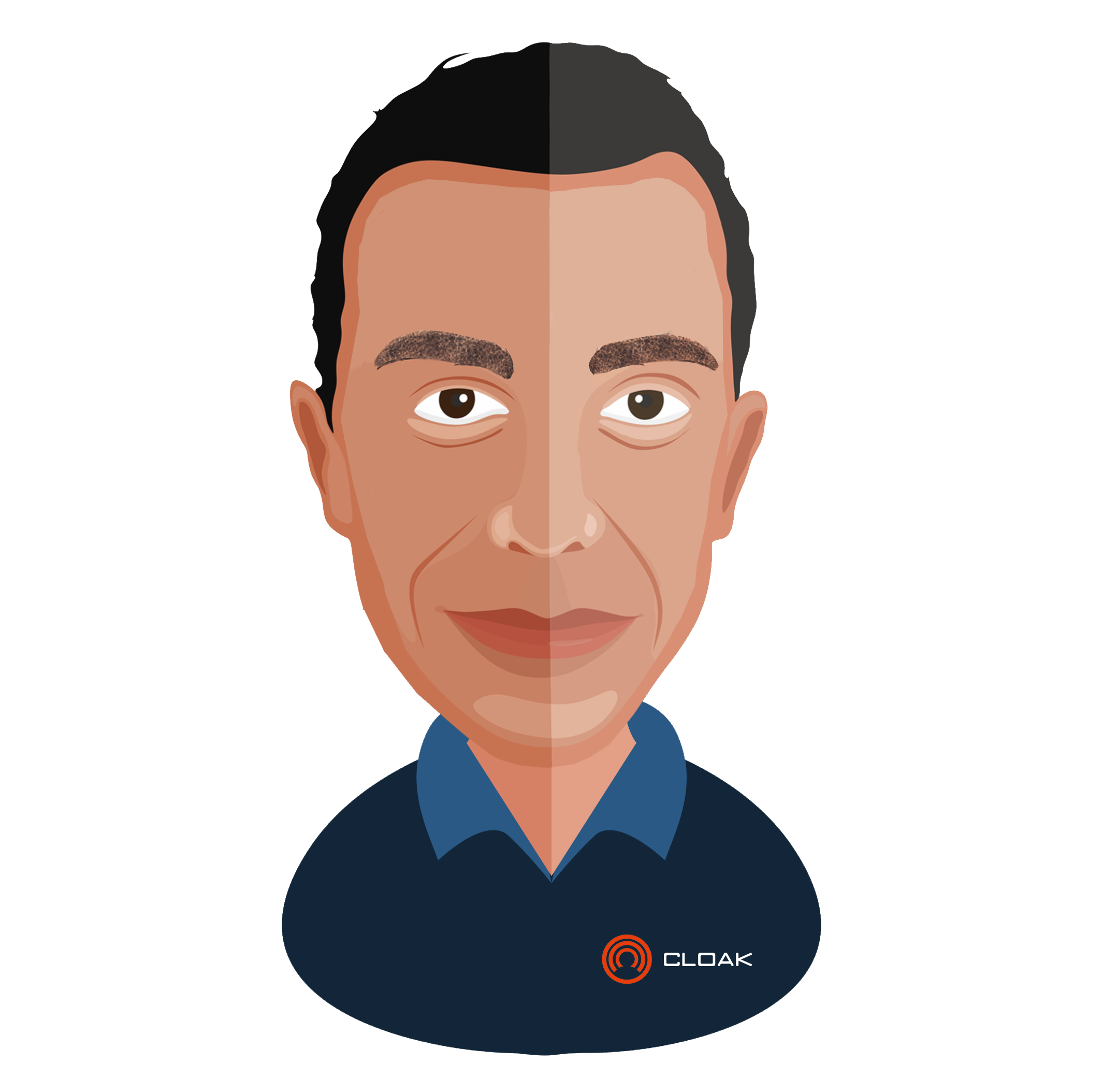
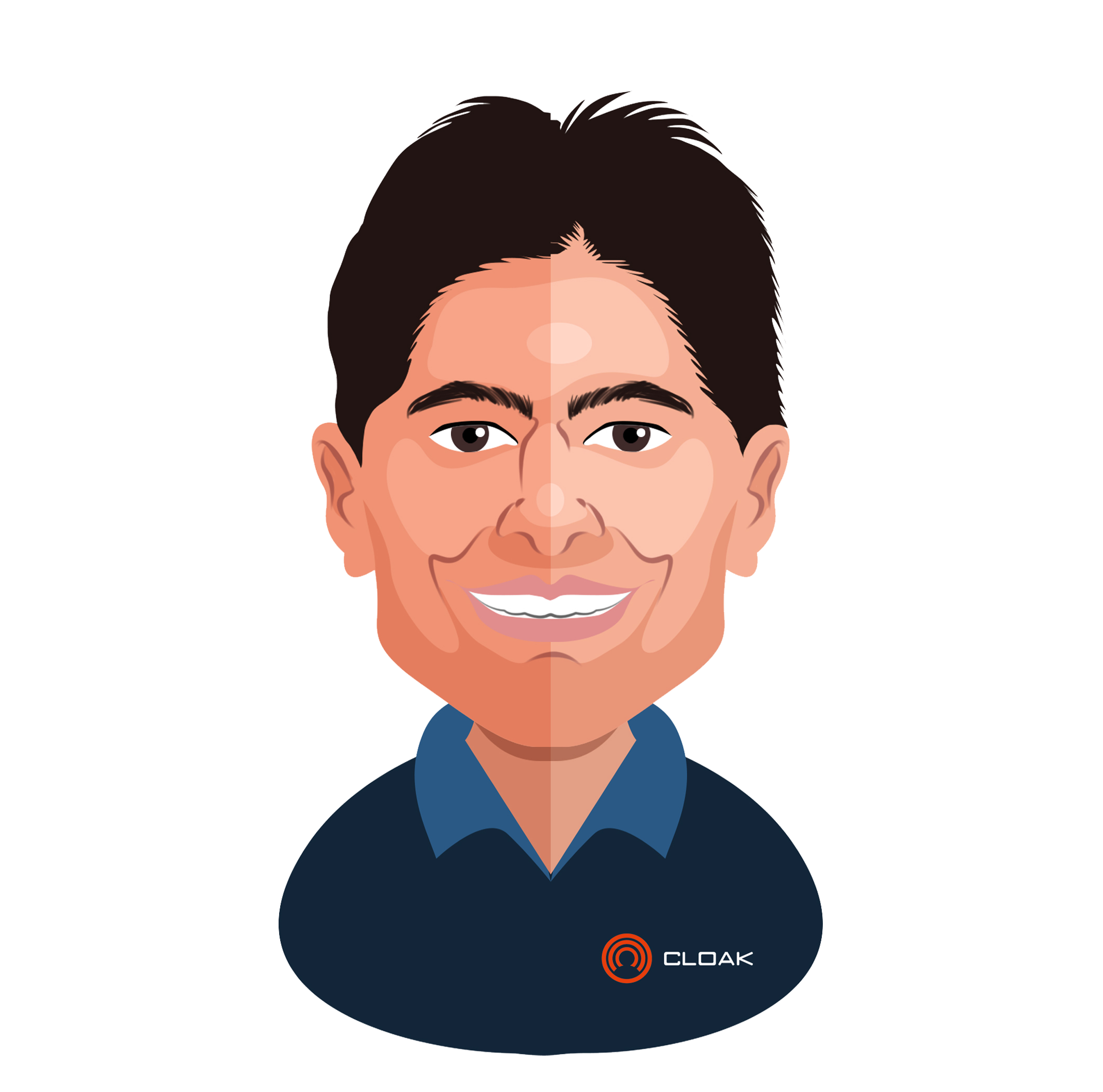

More Team members can be found here.
As an open-source project, the CloakCoin team is posting development plans on a rolling basis to keep the community updated.
Building iOS Mobile Wallet
![]() Electrum Cloak Wallet (Web Wallet)
Electrum Cloak Wallet (Web Wallet)
![]() Raspberry Pi Development
Raspberry Pi Development
![]() Android Wallet Development
Android Wallet Development
Security Audit #2 of ENIGMA by Cognosec
![]() HD Wallet implementation (waiting for Bitcoin Codebase)
HD Wallet implementation (waiting for Bitcoin Codebase)
Governance System for Development Fund
Hardware Wallet integration
Developement Fund System
Improving Proof of Stake Algorithm
![]() Moving to Bitcoin Codebase v0.17.0.1
Moving to Bitcoin Codebase v0.17.0.1
![]() New CloakCoin Enigma Wallet Release - Codename Phoenix
New CloakCoin Enigma Wallet Release - Codename Phoenix
![]() Wallet Features
Wallet Features
![]() UI/UX Design of Wallet
UI/UX Design of Wallet
![]() Security Improvements for ENIGMA & CloakShield ENIGMA Engine v1.2
Security Improvements for ENIGMA & CloakShield ENIGMA Engine v1.2
![]() Cleaning up Cloak ENIGMA Codebase
Cleaning up Cloak ENIGMA Codebase
![]() Internal Tests to improve the ENIGMA System
Internal Tests to improve the ENIGMA System
![]() Increase PR + Marketing activities
Increase PR + Marketing activities
![]() Extend Languages
Extend Languages
![]() Visiting Crypto Exhibitions/Conferences
Visiting Crypto Exhibitions/Conferences
![]() Building Strategic Partnerships
Building Strategic Partnerships
![]() Searching for Advisors
Searching for Advisors
![]() Organize & Sponsor Cloak Meetups around the World
Organize & Sponsor Cloak Meetups around the World
![]() Adding CloakCoin on new Exchanges/Platforms
Adding CloakCoin on new Exchanges/Platforms
![]() Promotional Community Campaigns
Promotional Community Campaigns
![]() Promotional Giveaways
Promotional Giveaways
![]() Integration on Custom Applications
Integration on Custom Applications
![]() Searching Vendors to accept CLOAK as payment method
Searching Vendors to accept CLOAK as payment method
![]() Expanding Team and recruiting additional Developers
Expanding Team and recruiting additional Developers
![]() Expanding Team and recruiting additional Coordinators
Expanding Team and recruiting additional Coordinators
![]() Community Building
Community Building
The Cloak network was initially launched with a Proof-of-Work algorithm to ensure a fair initial distribution of the coins. The coin has transitioned to a full Proof-of-Stake system soon after the PoW phase ended, which lasted less than a month.
As a proof-of-stake (PoS) coin, CloakCoin offers an interest of 6% per annum on staked coins. Anyone with Cloak coins can participate in Cloaking operations, which allows them to leave their wallet running in Staking/Cloaking mode to allow it to passively assist in Cloaking and earn significant rewards.
The project is open-source and is maintained by its community and contributors.
A full list of partnerships and collaborations can be found here.
+7
3 months ago
CloakCoin is an open-source project and has 7 repositories with 5 active contributors. The code-commit frequency is occasional with spikes in activity.
CloakCoin’s social presence is relatively strong with over 5300 members in the English Telegram community channel and 18900 followers on Twitter.
In 2018 Cognosec in collaboration with the Cloak team, has conducted a security audit of the Enigma technology and the Cloak wallet application. The cybersecurity firm found several issues, including the possibility of tracing back transactions and insufficient wallet encryption.
You can read the Security Audit & Feedback Report here.
https://www.cloakcoin.com/en/project/whitepaper
https://wiki.cloakcoin.com/index.php/Main_Page
https://cloakcoin.com/user/themes/g5_cloak/resources/CloakCoin_Audit_Report.pdf
NO INVESTMENT ADVICE
The content is for informational purposes only. You should not construe any such information or other material as legal, tax, investment, financial, or other advice. Nothing contained on our Site constitutes a solicitation, recommendation, endorsement, or offer by Upblock or any third party service provider to buy or sell any cryptocurrencies (also called digital or virtual currencies, crypto assets, altcoins and so on).
DO YOUR OWN RESEARCH
Our content is intended to be used and must be used for informational purposes only. It is essential to do your own analysis before making any investment based on your circumstances. You should take independent financial advice from a professional in connection with or independently research and verify any information that you find on our website and wish to rely upon, whether to make an investment decision or otherwise.